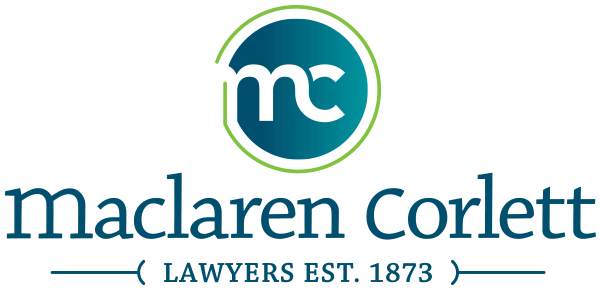Substantiating Performance Claims
The Competition Bureau recently published Volume 2 of The Deceptive Marketing Practices Digest in which they dealt with, among other things, a restatement that companies must be able to substantiate the performance claims for the products they sell so that the public will not be misled. They need to be in possession of that proof prior to making the claim. As is the case with all advertising claims, the overall impression of the advertisement or label will be taken into account.
In Volume 2, the Bureau recites that what is sufficient substantiation, or an adequate and proper test, is flexible and isn’t necessarily required to meet strict industrial standards. The determination of what is “proper” is interpreted as being “fit, apt, suitable or as required by the circumstances.” The Bureau’s position on what is “adequate and proper” has changed over the years, partly due to judicial rulings, and time will tell if industry and the Bureau can have parallel interpretations of what is fit, apt, suitable or as required by the circumstances. How flexible is flexible?
The overall impression, or the general impression, of a claim will be viewed by the context in which it is presented, and will always be the governing principle for claim substantiation, interpretation, misleading representations or any other impact on the consumer.
Courts have determined that the requirement for adequate and proper testing to substantiate a claim may be an infringement on freedom of expression, but that infringement is not so substantial as to make it invalid. It is determined to be in the public good, as protection for consumers. That being said, we believe that the requirement for reasonableness flows in both directions.
The Bureau and the claimant must determine whether the support is sufficient to justify the claim being made. Both must consider the overall impression created in the consumer’s mind, the actual words used and what is a reasonable interpretation. Unless there is honesty from one side, and flexibility from the other, we may see more litigation on this area.
The Bureau has summarized certain principles from the case law which they indicate are the hallmarks of an adequate and proper test. These are:
- It depends on the general impression that the advertisement makes on consumers;
- It is conducted before the claim is made;
- It is done under controlled circumstances, controlling for external variables;
- Subjectivity is eliminated as much as possible;
- It is not necessarily measured against a test of certainty, but it should establish that the results are not mere chance or a one-time effect, by establishing that the product causes the desired effect in a material manner; and
- The results of the testing support the claim made.



